The work wear fabric market is rapidly evolving, with burgeoning demand for high-performance, durable, and functional textiles across sectors like petrochemical, metallurgy, and water supply. As global safety standards and regulations (ISO, ANSI) tighten, businesses are seeking fabric solutions that guarantee safety, comfort, and extended lifecycle costs. In this guide, we deep-dive into the structures, performance parameters, manufacture, and supply dynamics of work wear fabric. If you’re evaluating work wear fabric suppliers or seeking tailored solutions for diverse industrial applications, our analysis delivers actionable insights grounded in industry data and real-world case studies.
Industry Overview: Trends & Growth Statistics
- Global Market Size: As per MarketWatch, the global work wear fabric market exceeded $9.7 billion in 2023, and is set to grow at a CAGR of 6.1% through 2030.
- Key Driving Factors: Workforce expansion, intense regulatory focus (EN ISO 20471 for High-Visibility, OEKO-TEX compliance), and innovations in textiles like moisture-wicking, flame-retardant, and anti-static qualities.
- Top Application Sectors: Oil & Gas, Mining, Shipbuilding, Heavy Machinery, Utilities.
- Emerging Trends: Sustainable fibers, smart textiles (IoT enabled), nanotechnologies for enhanced performance, and custom branding in uniforms.
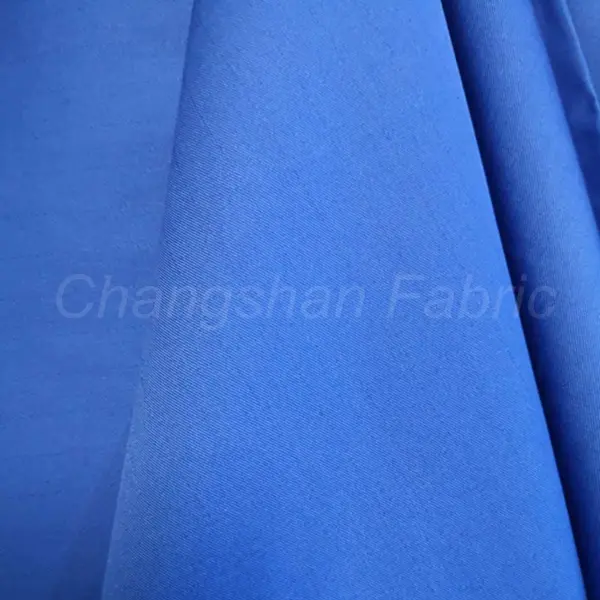
Fundamentals & Technical Parameters of Workwear Fabric
| Property | Description/Value | Standard |
|---|---|---|
| Base Material | Polyester/Cotton blends, 100% Cotton, Modacrylics, Aramids | ISO 1833, ASTM D276 |
| Weight Range | 150 – 350 gsm | EN ISO 12127 |
| Tensile Strength | ≥1350 N (warp); ≥900 N (weft) | ISO 13934-1 |
| Colour Fastness | ≥4 (washing, perspiration, sunlight) | ISO 105-E04, ISO 105-B02 |
| Moisture Management | Wicking rate ≥180 mm/30min | AATCC TM 195 |
| Flame Retardant | LOI ≥ 28%, meets EN ISO 11612 | EN ISO 15025 |
| Antistatic | Surface resistance ≤ 2.5 x 109 Ω | EN 1149-1 |
| Service Life | 5 – 8 years (under normal use) | Industry Average |
ISO 13688
REACH Compliant
OEKO-TEX Standard 100
ANSI/ISEA 107
Manufacturing Process of Work Wear Fabric
Step-by-step Manufacturing Flow

- Fiber Selection: Choose technical fibers such as polyester, combed cotton, aramid for application needs (e.g. flame retardancy, durability).
- Spinning & Yarn Preparation: Open-end or ring spinning achieves uniform fineness and high tensile strength.
- Weaving/Knitting: Fabric structure determined (twill, plain, satin weaves) for mechanical strength & comfort.
- Dyeing & Finishing: VAT, disperse or reactive dyeing for chromatic fastness; addition of functional finishing agents (antistatic, moisture-wicking, FR agents).
- Coating/Lamination (Optional): Enhances water repellency or protection in hazardous environments.
- Quality Testing: Comprehensive lab analysis: tensile, tear, abrasion, flame resistance, color fastness (ISO/ANSI).
- Packing & Logistics: Custom cuts, anti-dust packaging for global shipping.
Work Wear Fabric Suppliers & Manufacturers: Global Leaders Compared
| Supplier/Manufacturer | Main Product Type | Certifications | Lead Time | Support |
|---|---|---|---|---|
| Changshan (China) | Moisture Wicking, FR, Antistatic, UV-blocking | ISO, OEKO-TEX, EN ISO 11612 | 15-35 days | OEM/ODM, Custom specs, Global shipping |
| Klopman (Italy) | Polyester/cotton, High-Viz, ESD | OEKO-TEX, REACH | 20-45 days | Customization, Technical advisory |
| TenCate (Netherlands) | Aramid, Modacrylic, Multinorm fabrics | ISO, ANSI, EN | 25-40 days | Consultancy, After-sales |
| Mount Vernon Mills (USA) | Cotton, FR cotton, blends | ANSI, ISO, OEKO-TEX | 30-50 days | On-site labs, US-focused |
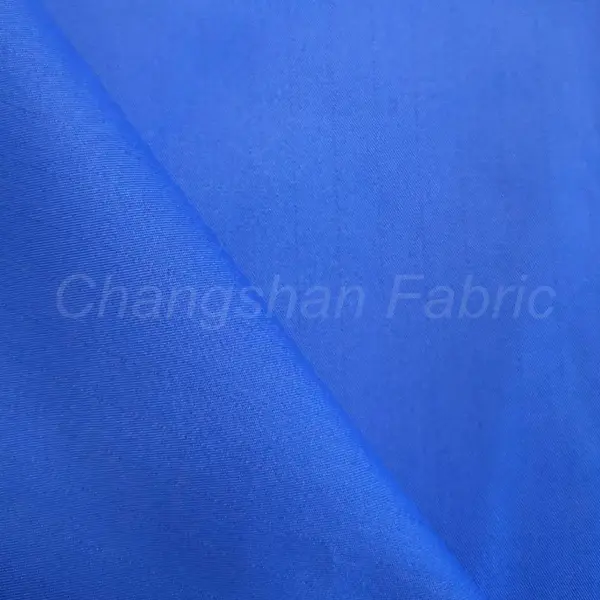
Product Spotlight: Moisture Wicking Fabric [Product Details]
- Base Material: High tenacity polyester (50-70%) + ring-spun combed cotton (30-50%)
- Weight Range: 180 – 260 gsm
- Finishing Technology: Nano-level hydrophilic wicking finish, Antibacterial agent, Optional flame retardancy
- Functionality: Rapid sweat transport, dries 3x faster than regular cotton
- Colour Fastness: Grade 4–5 after 50 washes
- Standards: Compliant with ISO 105, EN ISO 20471, OEKO-TEX Standard 100
- Service Life: 200+ wash cycles; avg. 6.5 years under industrial laundering
Product Specs Comparison – Moisture Wicking vs Competitors
| Parameter | Moisture Wicking Fabric | Klopman Comfortec | TenCate Tecashield |
|---|---|---|---|
| Wicking Rate | 185 mm/30min | 110 mm/30min | 165 mm/30min |
| Tensile Strength (warp/weft) | 1420 N / 970 N | 1290 N / 910 N | 1402 N / 950 N |
| Service Life | > 6 years | 5 years | 6 years |
| Colour Fastness (Washing) | 4–5 | 4–5 | 4 |
| Fire Resistance | Optional FR Finish | No | Built-in |
| Certifications | ISO 105, OEKO-TEX 100, EN 20471 | REACH, OEKO-TEX 100 | ISO, EN, OEKO-TEX |
Key Application Scenarios & Case Studies
Major Industries
- Petrochemical/Refinery: High demand for antistatic, FR, and moisture management fabrics due to risk of chemical exposure and heat stress.
- Metallurgy/Foundry: Preference for aramid/FR cotton blends to resist heat and molten metal splash.
- Water Utilities: Lightweight, wicking fabrics ensure dryness and hygiene for workers in humid, confined locations.
- Transportation/Automotive: High-viz work wear using retro-reflective fabrics for roadside safety.
- Public Safety/Military: Multinorm, antibacterial, camouflaged solutions for demanding tactical environments.
Case Example: Asia Petroleum Group (2023)
- Client Need: Flame-retardant, moisture-wicking coveralls for >1,200 refinery operators.
- Solution: Customized Moisture Wicking Fabric with antistatic and FR finish; 4-week turnaround.
- Outcomes: 23% reduction in heat-related complaints, service life extended by ~20%, under ISO 11612 certified conditions.
Customization & Delivery: OEM/ODM Services
- Design Flexibility: Fibre composition, weaving density, finish (FR/UV/ESD/Waterproof/Print branding)
- MOQ: 1000m per color/finish
- Sampling Lead Time: 7–10 business days; Bulk: 15–40 days based on specs
- QA/QC: 100% inspection per ISO 2859, accompanied by batch lab data
- After-Sales: Online technical support, on-site training, and warranty up to 18 months
Professional FAQ – Understanding Workwear Fabric Technology
| Term/Question | Expert Answer |
|---|---|
| 1. What is GSM in work wear fabric? | GSM (grams per square meter) measures the weight/density of fabric. Work wear fabric ranges from 150-350 gsm, balancing protection and comfort. |
| 2. How is Color Fastness Assessed? | Color fastness is evaluated by standardized tests (ISO 105) to determine resistance to washing, perspiration, and sunlight. Grades 4–5 are ideal for work wear. |
| 3. What does 'Moisture Wicking' mean? | Moisture wicking refers to the fabric's ability to rapidly draw sweat from the skin to the outer surface for quick evaporation, ensuring wearer dryness. |
| 4. What is the significance of EN ISO 11612? | EN ISO 11612 certifies apparel for heat/flame protection, requiring rigorous flame resistance and minimum performance standards in industrial work wear. |
| 5. How do suppliers ensure consistent quality? | Suppliers like Changshan employ ISO 9001 certified QMS, batch testing (tensile, FR, color), and traceable production records to guarantee consistent properties. |
| 6. What are the critical yarn parameters in work wear fabric? | Key yarn parameters include twist (tpm), strength (cN/tex), evenness (U%), and elongation – all impacting final fabric durability and appearance. |
| 7. How is anti-static property achieved? | By blending conductive fibers (carbon/metallic filament) or applying ESD finishes, ensuring surface resistance per EN 1149 (≤2.5x10⁹Ω). |
FAQs on Delivery, Warranty, and Support
- Production Lead Time: 15–40 days, depending on order type and custom specs.
- Warranty: 12–18 months for standard and custom work wear fabric; rapid free replacement for verified defects.
- Sample Policy: Free A4 sample swatches on request; paid yardage for lab testing.
- After-Sales: 24/7 technical support, on-site training for bulk orders, and comprehensive product traceability via batch code.
- Sustainability: OEKO-TEX, bluesign, and REACH certified; major clients include global OEMs and energy giants.
References & Further Reading
- See industry discussions on workwear functional textiles at TextileWorld: Workwear Fabric Trends
- For technical standards & regulations: ISO 13688:2013 (Protective clothing — General requirements)
- Recent technical reports on moisture management: ScienceDirect: Wicking in Workwear Fabrics
- Related community FAQ: Reddit: Workwear Fabric Selection Guide
// Moisture Wicking Fabric Pie
var c = document.getElementById('moistureWickingPie');
var ctx = c.getContext('2d');
var data = [60,40]; // Polyester, Cotton
var colors = ['#245199','#81B3F7'];
var total = data.reduce((a,b)=>a+b,0);
var start=0;
for(var i=0;i

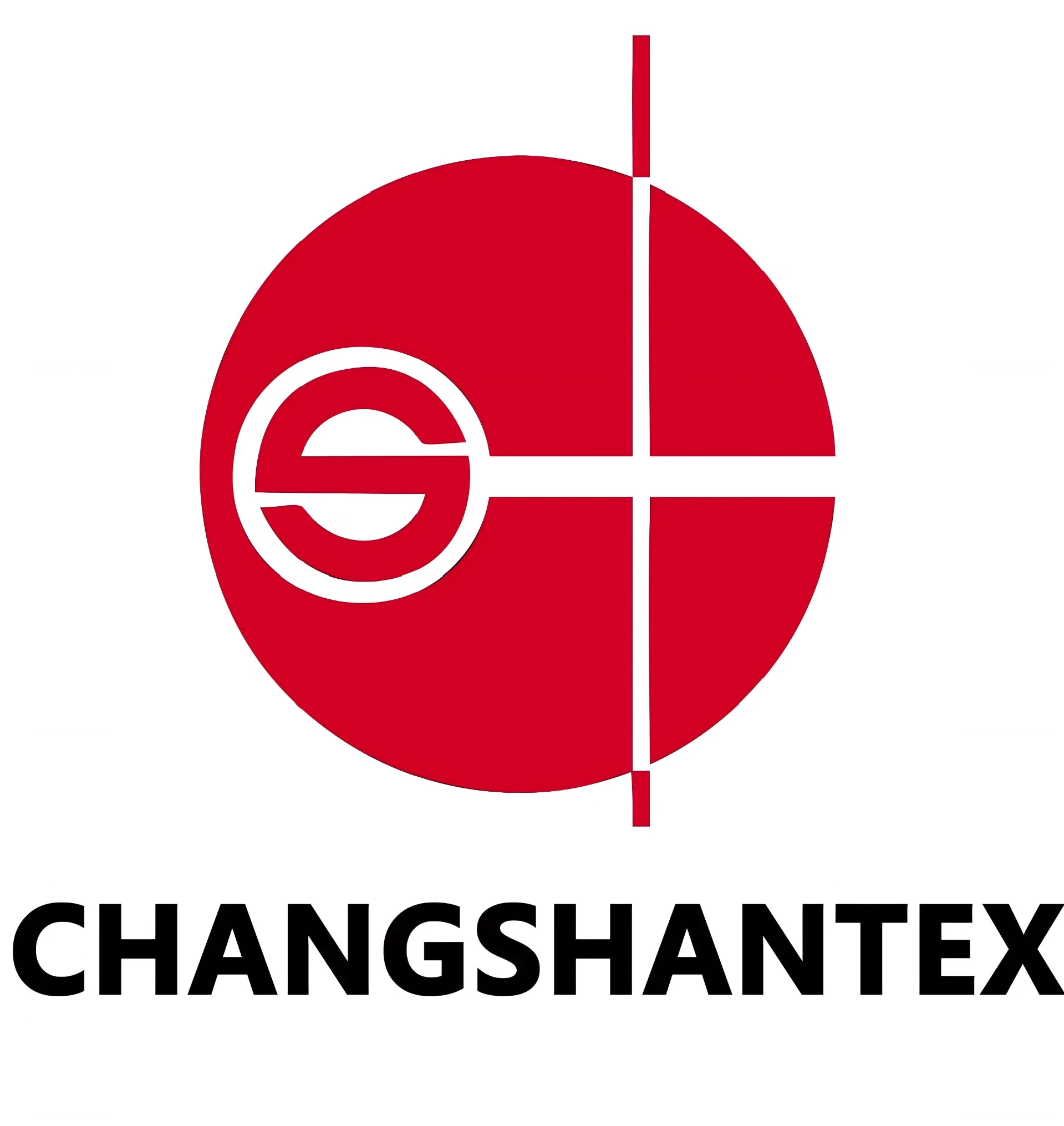
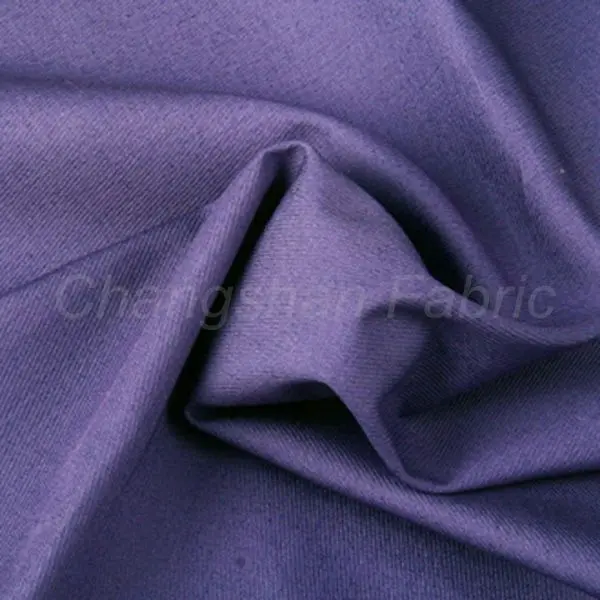
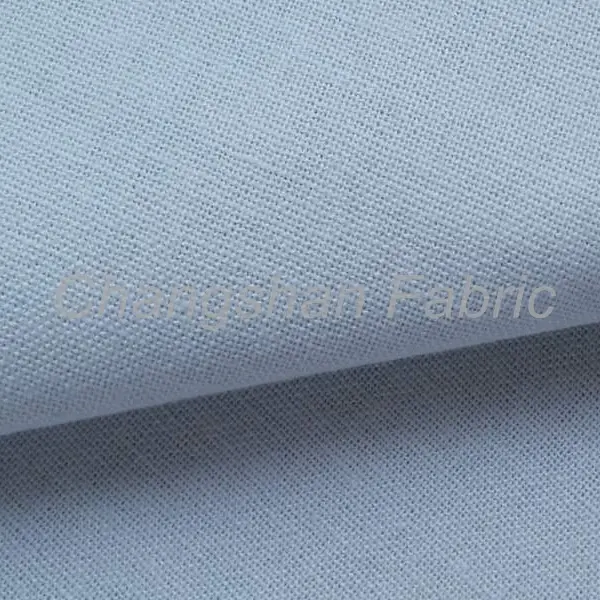

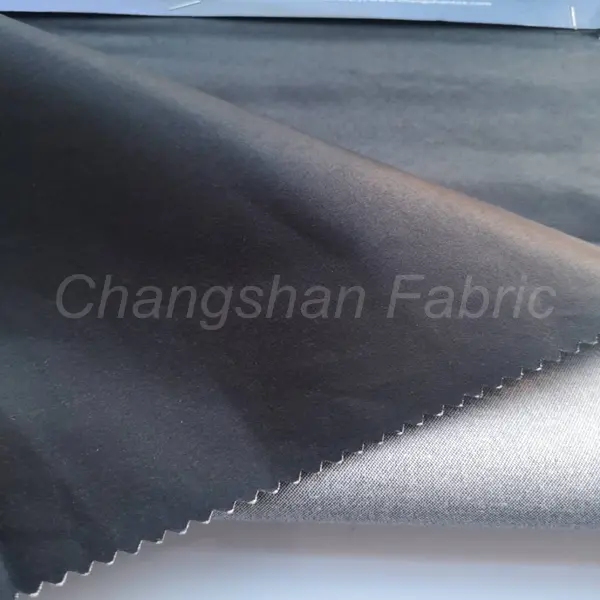
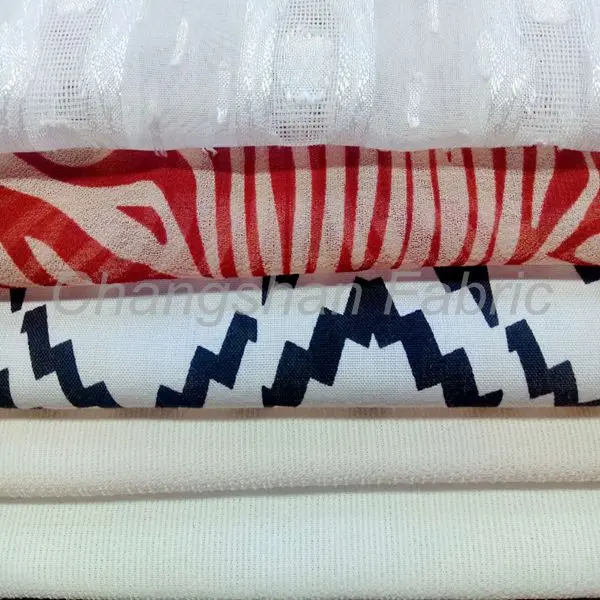
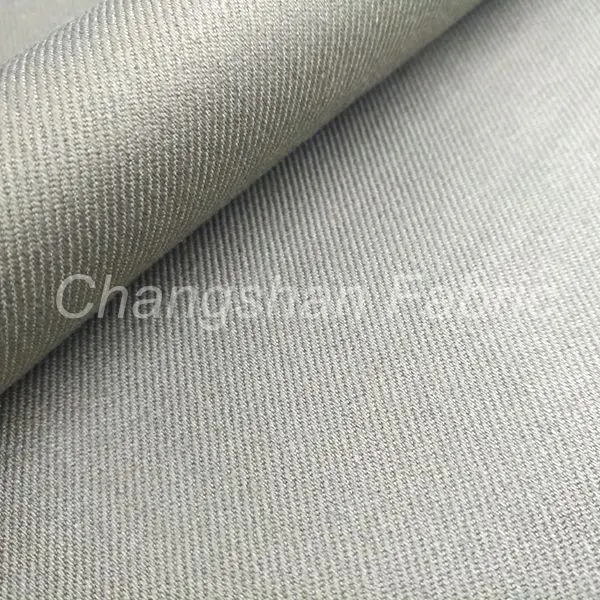
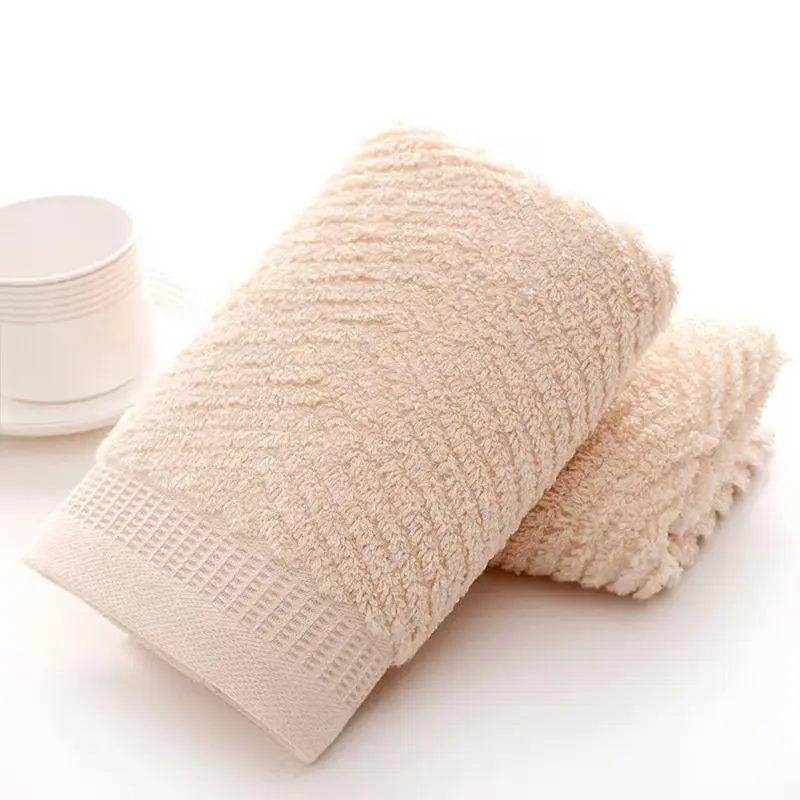
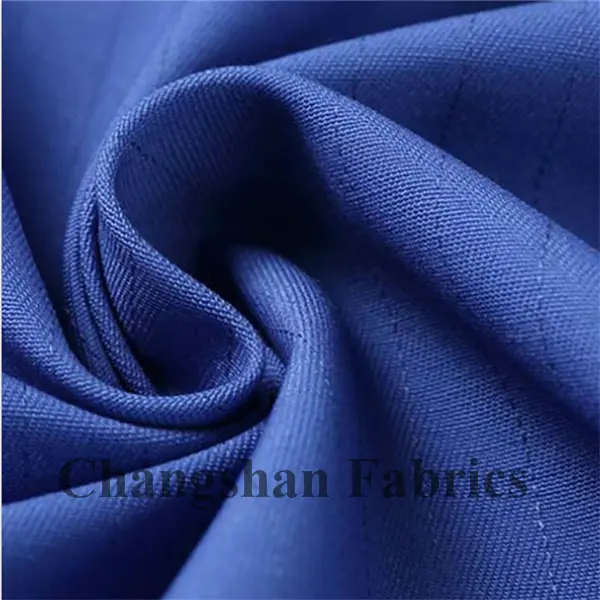
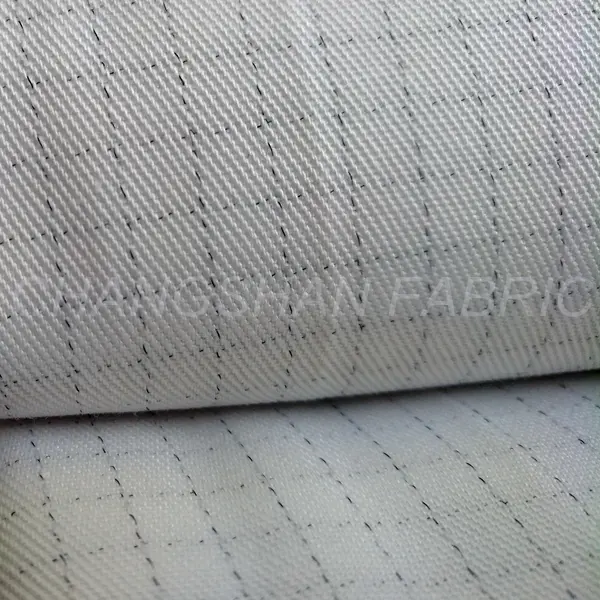
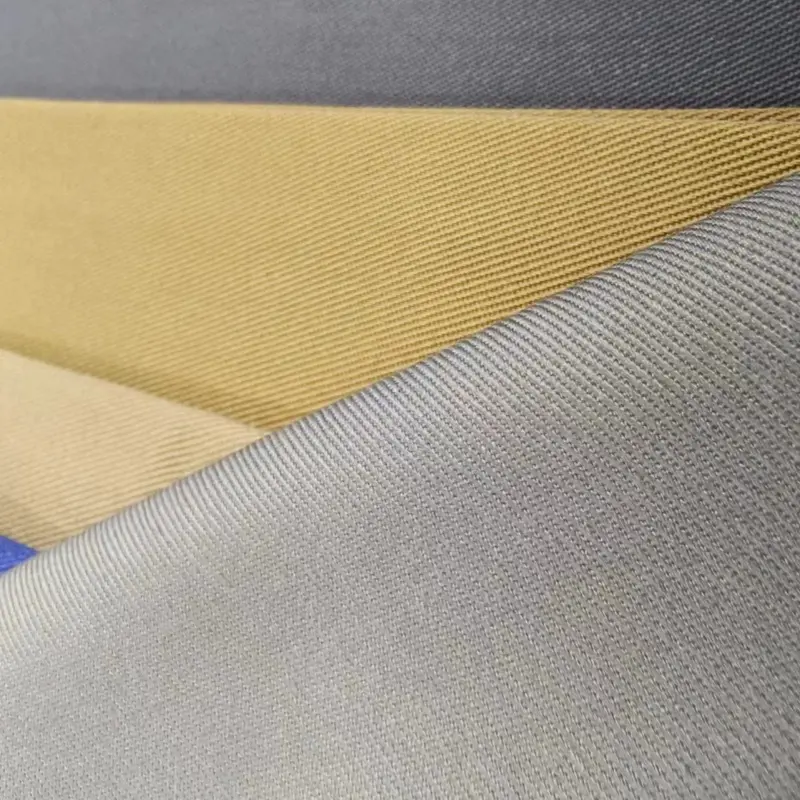
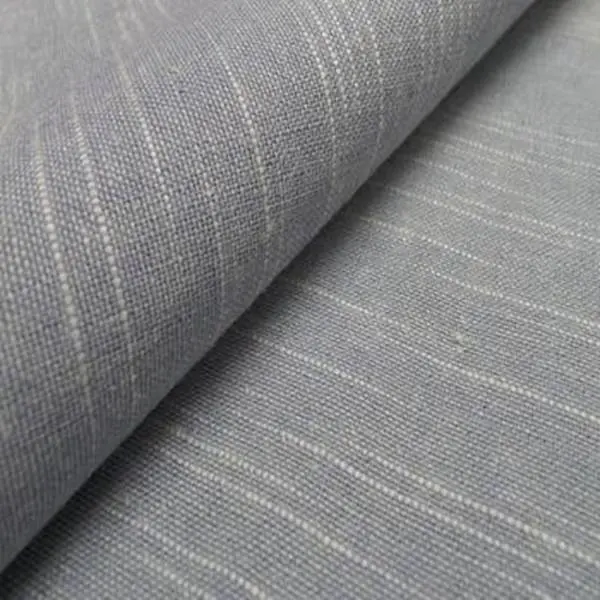

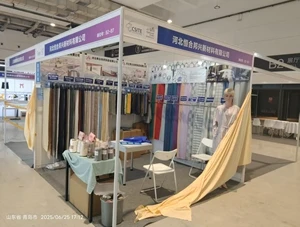
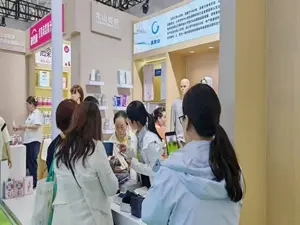
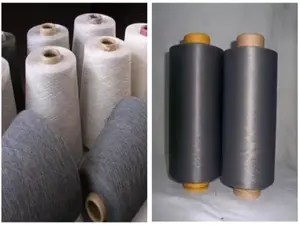
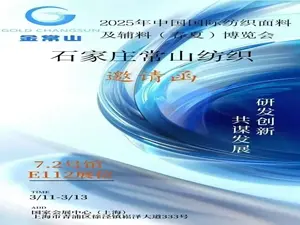

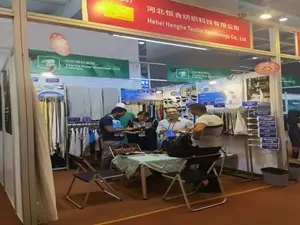
 Skin-friendly
Skin-friendly Versatile
Versatile Durable
Durable Assured
Assured
